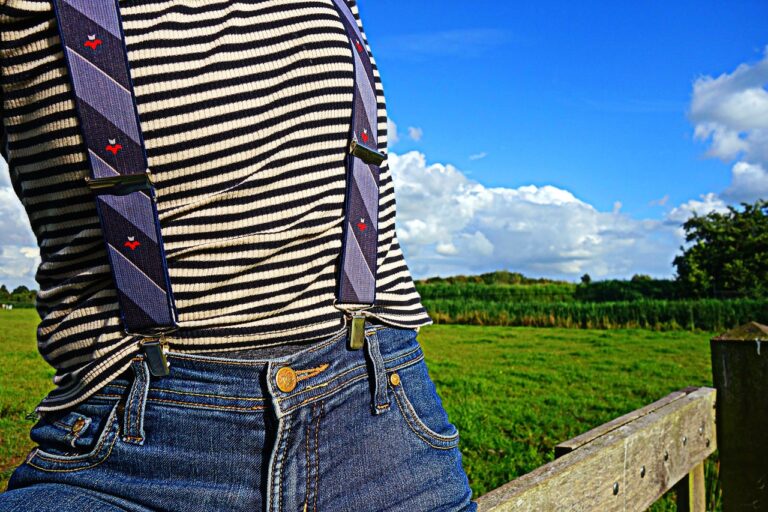Upcycling in Fashion: From Waste to Wearable Art
Upcycling in fashion dates back to the early 20th century when families made the most out of limited resources during times of war and economic hardship. Old garments were repurposed and transformed into new pieces of clothing, showcasing creativity and thriftiness.
In the 1970s, upcycling gained popularity as a form of sustainable fashion in response to the growing environmental awareness. Designers and DIY enthusiasts began to see the potential in transforming discarded clothing and fabrics into unique and stylish pieces. This marked the beginning of a movement that continues to influence the fashion industry today.
• Upcycling in fashion has a long history dating back to the early 20th century
• During times of war and economic hardship, families repurposed old garments into new clothing
• In the 1970s, upcycling gained popularity as a form of sustainable fashion
• Designers and DIY enthusiasts began transforming discarded clothing into unique pieces
The Environmental Impact of Upcycling
Upcycling in fashion has gained momentum in recent years as a sustainable alternative to traditional clothing production. By repurposing old or unused items into new pieces, upcycling helps reduce the amount of textile waste that ends up in landfills. This process also lessens the consumption of new raw materials, ultimately leading to a decrease in the environmental impact of the fashion industry.
Furthermore, upcycling contributes to the conservation of resources such as water and energy that are typically used in the production of new clothing items. By extending the lifecycle of garments through creative upcycling techniques, the overall carbon footprint associated with the manufacturing and disposal of clothing is minimized. This shift towards upcycling aligns with the growing movement towards circular fashion, where the emphasis lies on sustainable practices that benefit both the environment and the industry as a whole.
Creative Ways to Upcycle Clothing
One creative way to upcycle clothing is to transform old denim jeans into a trendy denim skirt. By cutting the legs off a pair of jeans and sewing the edges, you can give new life to an otherwise discarded item. With a little bit of creativity and sewing skills, you can customize the length and style of the skirt to suit your preferences.
Another fun idea for upcycling clothing is to turn oversized t-shirts into stylish off-the-shoulder tops. Simply cut off the sleeves and neckline of the shirt to create a flattering and on-trend look. This simple DIY project is a great way to refresh your wardrobe without spending money on new clothes, while also reducing waste in the fashion industry.
What is the history of upcycling in fashion?
Upcycling in fashion has been around for decades, with its origins dating back to the idea of repurposing old clothing to reduce waste and create unique pieces. It gained popularity in the early 2000s as a response to fast fashion and the environmental impact of the fashion industry.
What is the environmental impact of upcycling?
Upcycling clothing helps reduce the amount of waste that ends up in landfills, as well as the resources used to produce new clothing. By giving old clothing new life, upcycling helps to lower the overall carbon footprint of the fashion industry.
What are some creative ways to upcycle clothing?
Some creative ways to upcycle clothing include turning old t-shirts into tote bags, transforming jeans into shorts or skirts, and repurposing old sweaters into scarves or hats. Other ideas include adding patches or embroidery to old clothing to give it a fresh look. The possibilities are endless when it comes to upcycling clothing!







